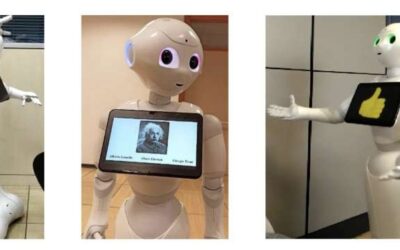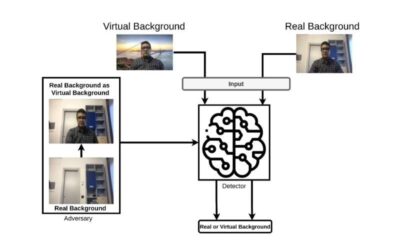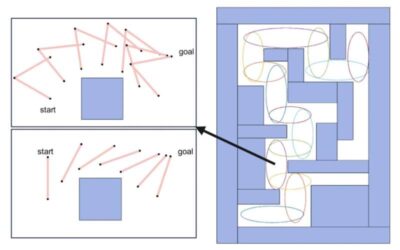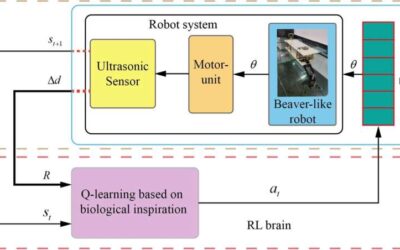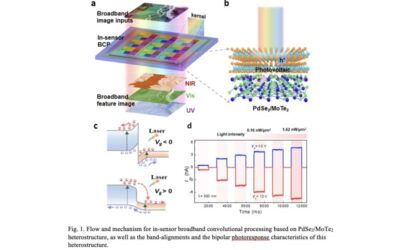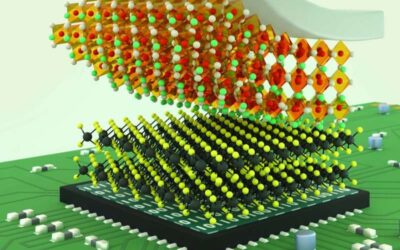Robots are gradually being introduced in a wide range of real-world settings, including malls, manufacturing facilities, and healthcare facilities. A way in which robots could be particularly useful is in assisting seniors in both their homes and elderly care...
TECHXPLORE
A new conducting polymer complex to create stable and fully printable organic solar cells
In recent years, engineers worldwide have been trying to develop more sustainable technologies to produce electrical energy. One of the most promising among these solutions are organic solar cells.
A new solution to cool electronic devices and prevent them from overheating
Electronic devices, including smartphones and tablet portable computers, are becoming increasingly advanced and compact. As their performance increases and their size decreases, these devices generate more heat, which can reduce their safety and cause them to break.
A strategy to discern between real and virtual video conferencing backgrounds
Video-conferencing platforms such as Skype, Microsoft Teams, Zoom and Google Meet allow people to communicate remotely with others in different parts of the world. The COVID-19 pandemic and the social distancing measures that followed led to a further rise in the use...
A new approach for safer control of mobile robotic arms
Researchers at Shanghai Jiao Tong University, University of Oxford, and the Tencent Robotics X Lab have recently introduced a configuration-aware policy for safely controlling mobile robotic arms. This policy, introduced in a paper pre-published on arXiv, can help to...
A weakly supervised machine learning model to extract features from microscopy images
Deep learning models have proved to be highly promising tools for analyzing large numbers of images. Over the past decade or so, they have thus been introduced in a variety of settings, including research laboratories.
A beaver-inspired method to guide the movements of a one-legged swimming robot
When developing new technologies, computer scientists and roboticists often draw inspiration from animals and other living organisms. This allows them to artificially replicate complex behaviors and locomotion patterns to enhance their systems' performance, efficiency...
Simultaneous broadband image sensing and convolutional processing using van der Waals heterostructures
Efficiently processing broadband signals using convolutional neural networks (CNNs) could enhance the performance of machine learning tools for a wide range of real-time applications, including image recognition, remote sensing and environmental monitoring. However,...
New transistors integrating high-k perovskite oxides and 2D semiconductors
Over the past decades, electronics engineers and material scientists worldwide have been investigating the potential of various materials for fabricating transistors, devices that amplify or switch electrical signals in electronic devices. Two-dimensional (2D)...
A reconfigurable robotic system for cleaning and maintenance
Reconfigurable or "transformer" systems are robots or other systems that can adapt their state, configuration, or morphology to perform different tasks more effectively. In recent years, roboticists and computer scientists worldwide have developed new autonomous and...

